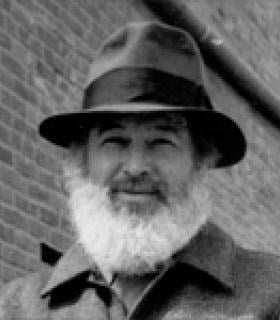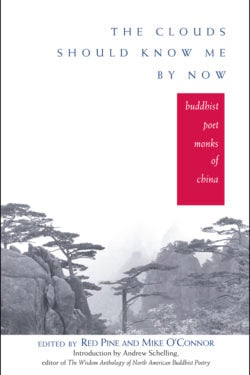Red Pine

Red Pine (Bill Porter) won the 1996 PEN West Award for Guide to Capturing a Plum Blossom, and is a well-known translator of classical Chinese philosophy and poetry, including translations of the Platform Sutra, the Diamond Sutra, and the Lankavatara Sutra. He has lived in Taiwan and Hong Kong and traveled extensively in China. He lives in Port Townsend, Washington.
Books, Courses & Podcasts
The Clouds Should Know Me by Now
This unique collection presents the verse, much of it translated for the first time, of fourteen eminent Chinese Buddhist poet monks. Featuring the original Chinese as well as english translations and historical introductions by Burton Watson, J.P. Seaton, Paul Hansen, James Sanford, and the editors, this book provides an appreciation and understanding of this elegant and traditional expression of spirituality.
“So take a walk with…these cranky, melancholy, lonely, mischievous poet-ancestors. Their songs are stout as a pilgrim’s stave or a pair of good shoes, and were meant to be taken on the great journey.”—Andrew Schelling, from his Introduction

